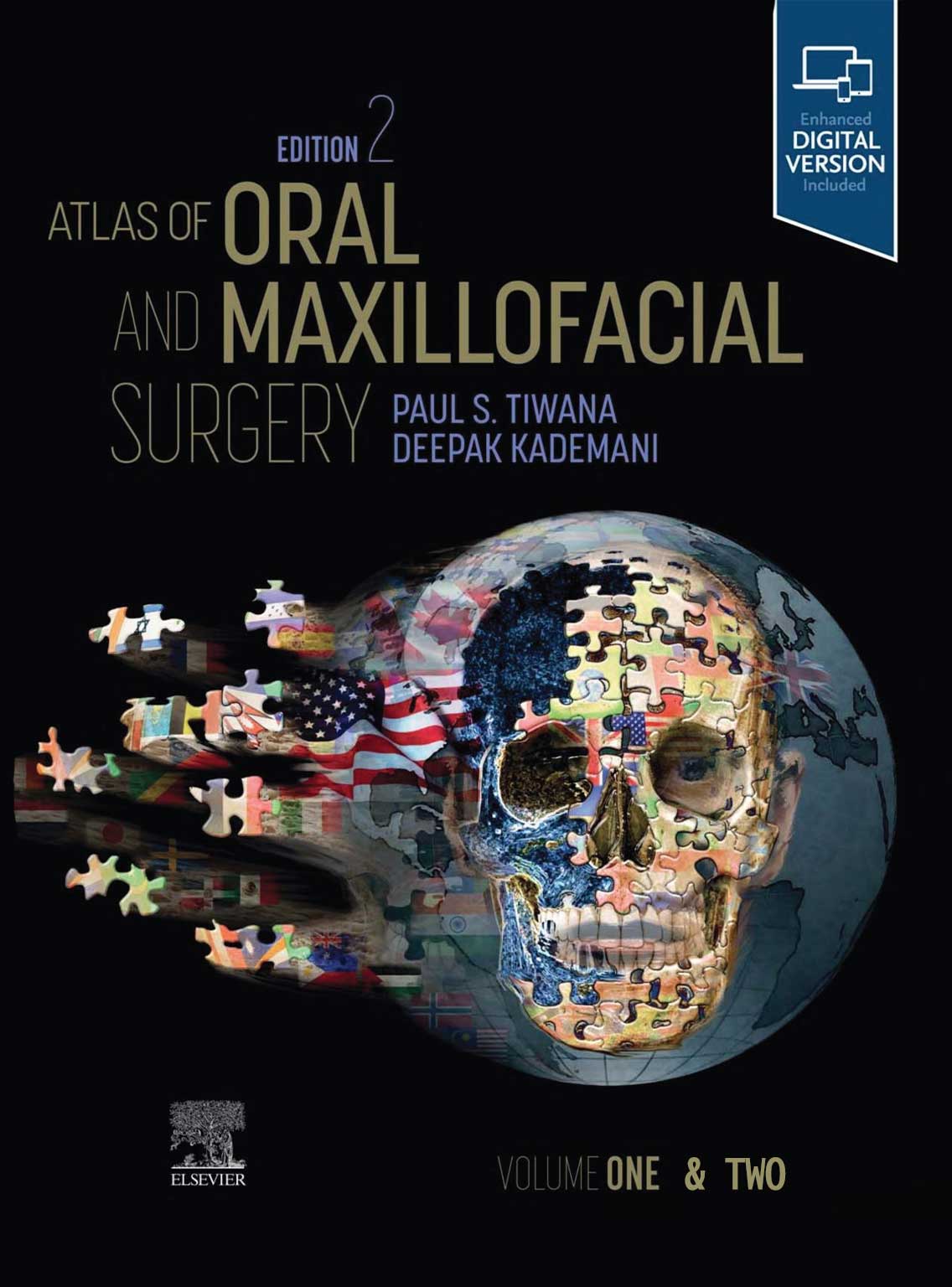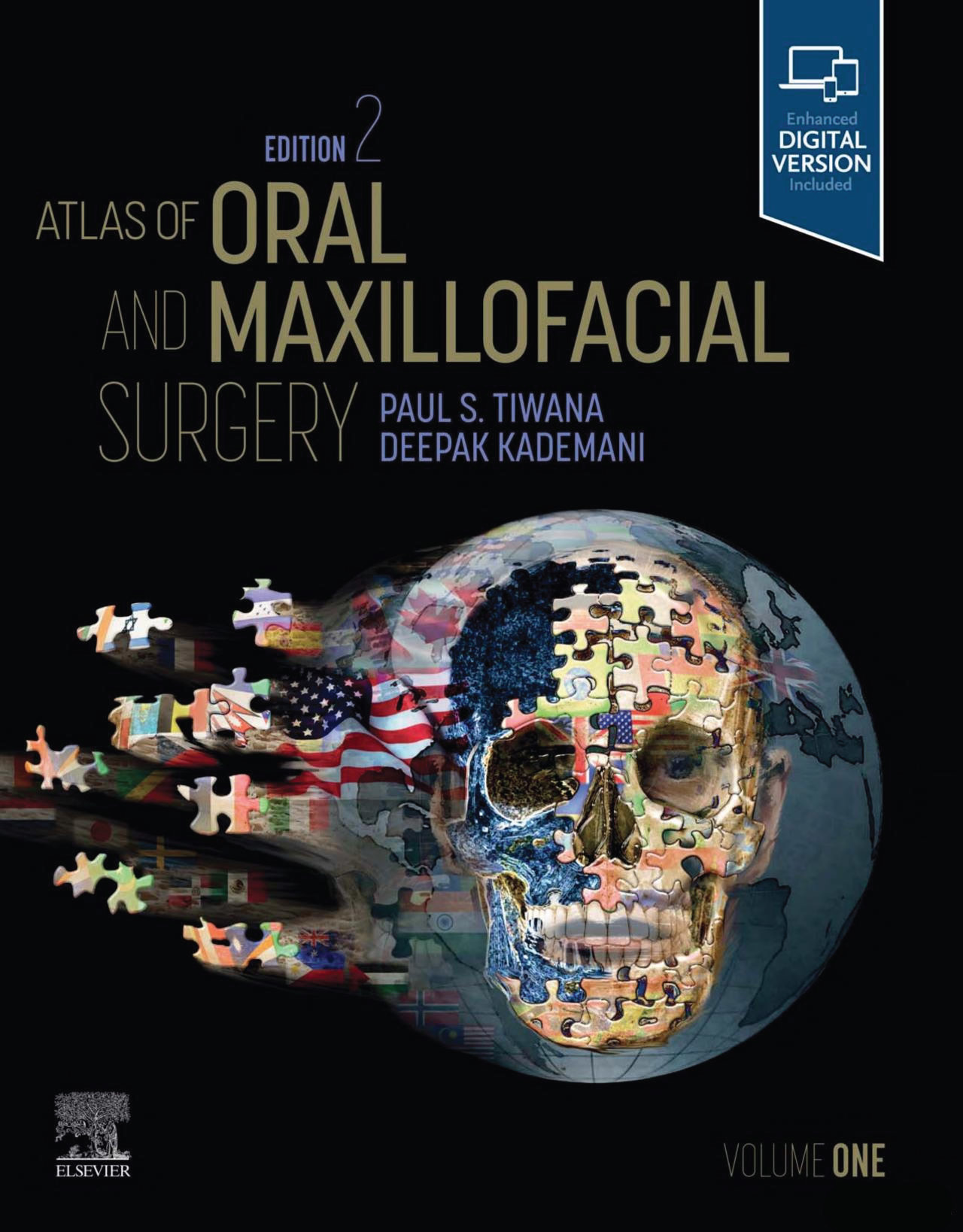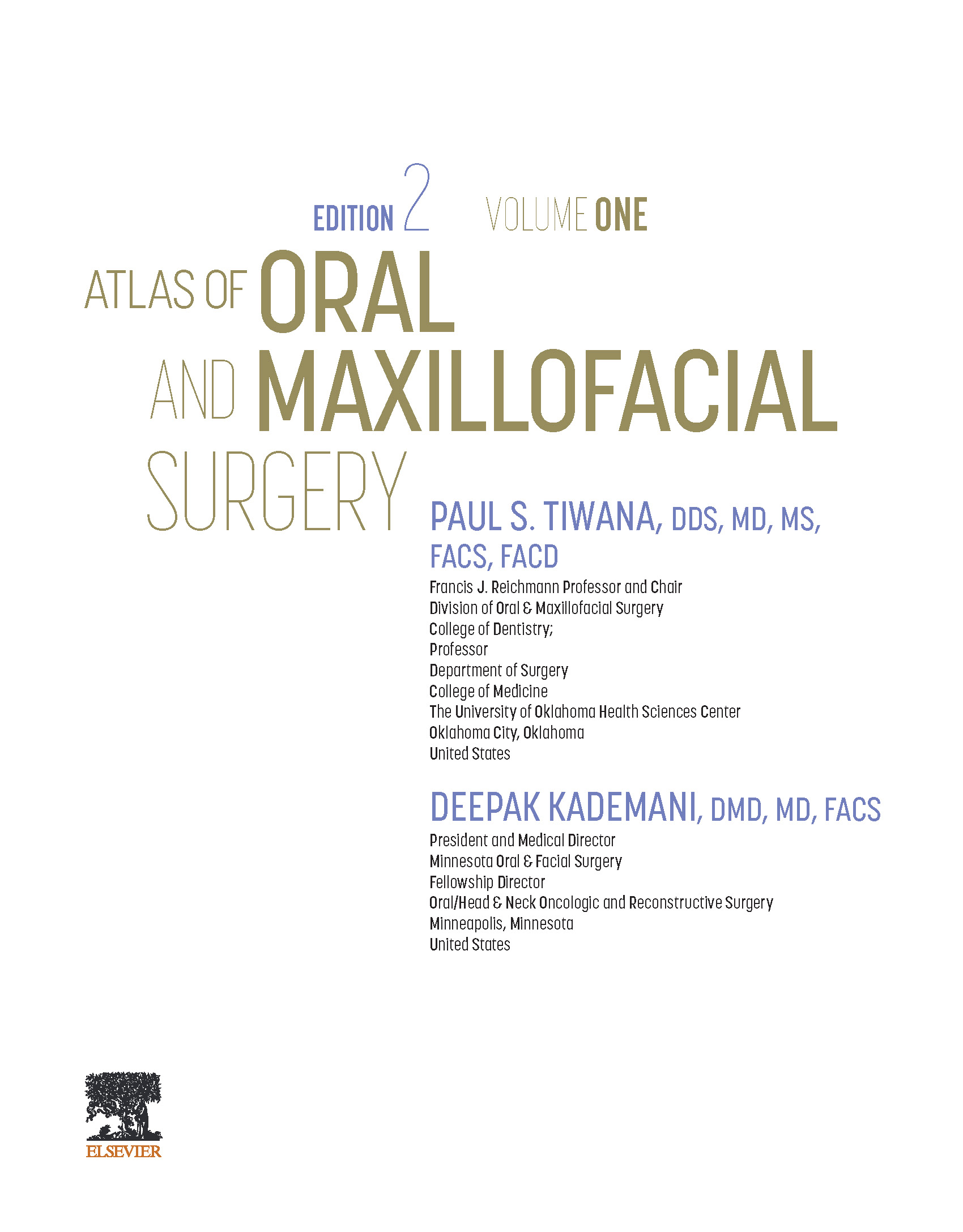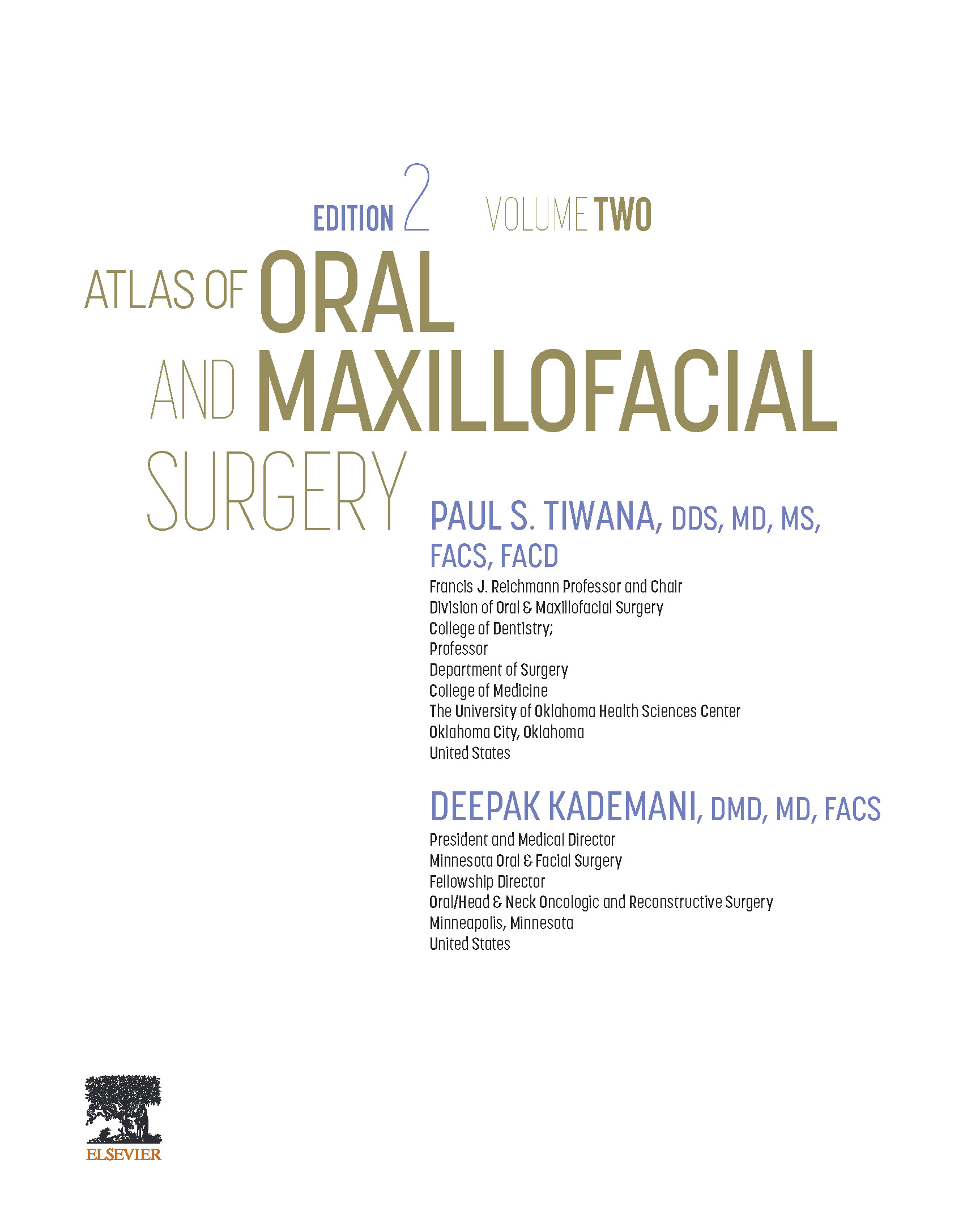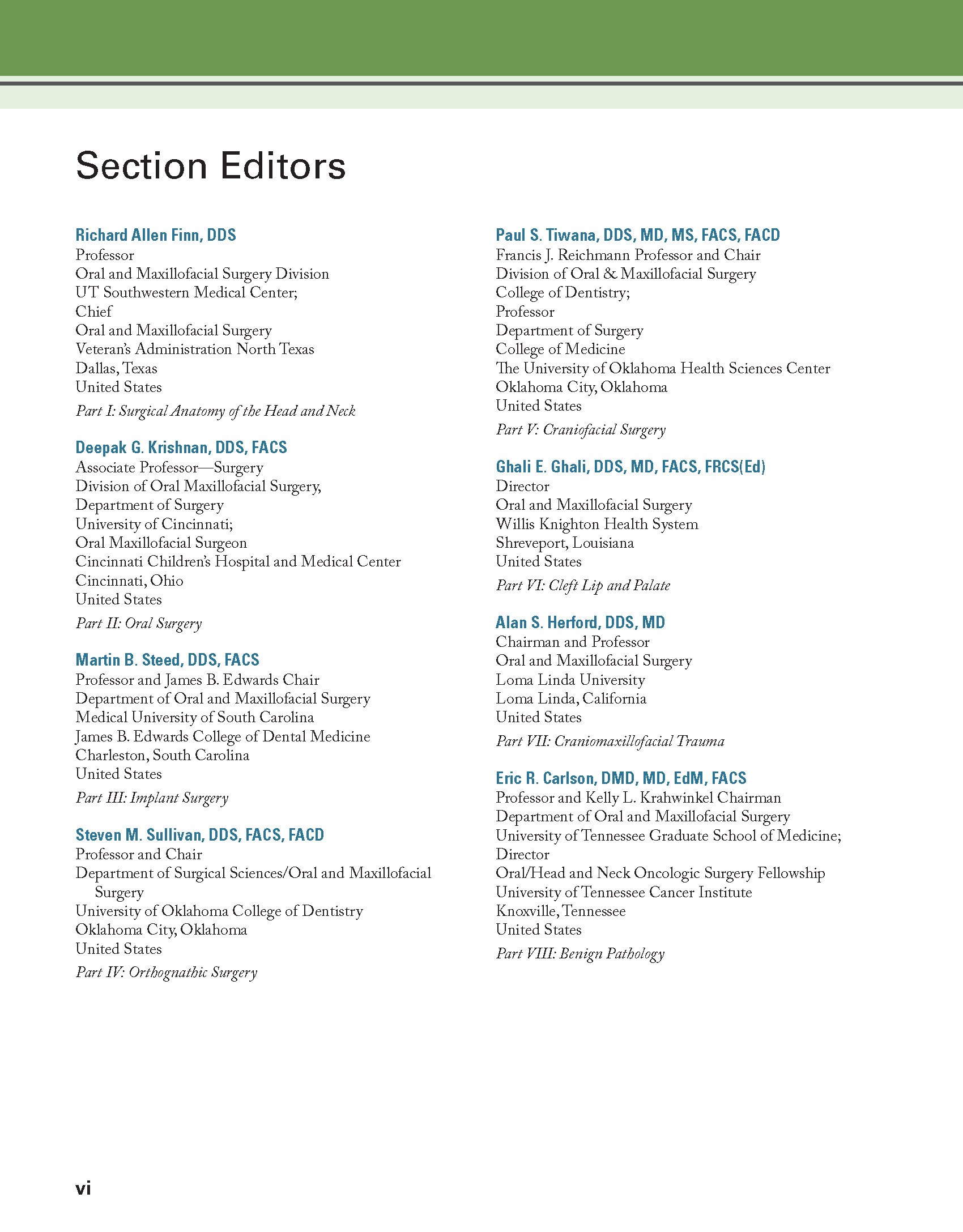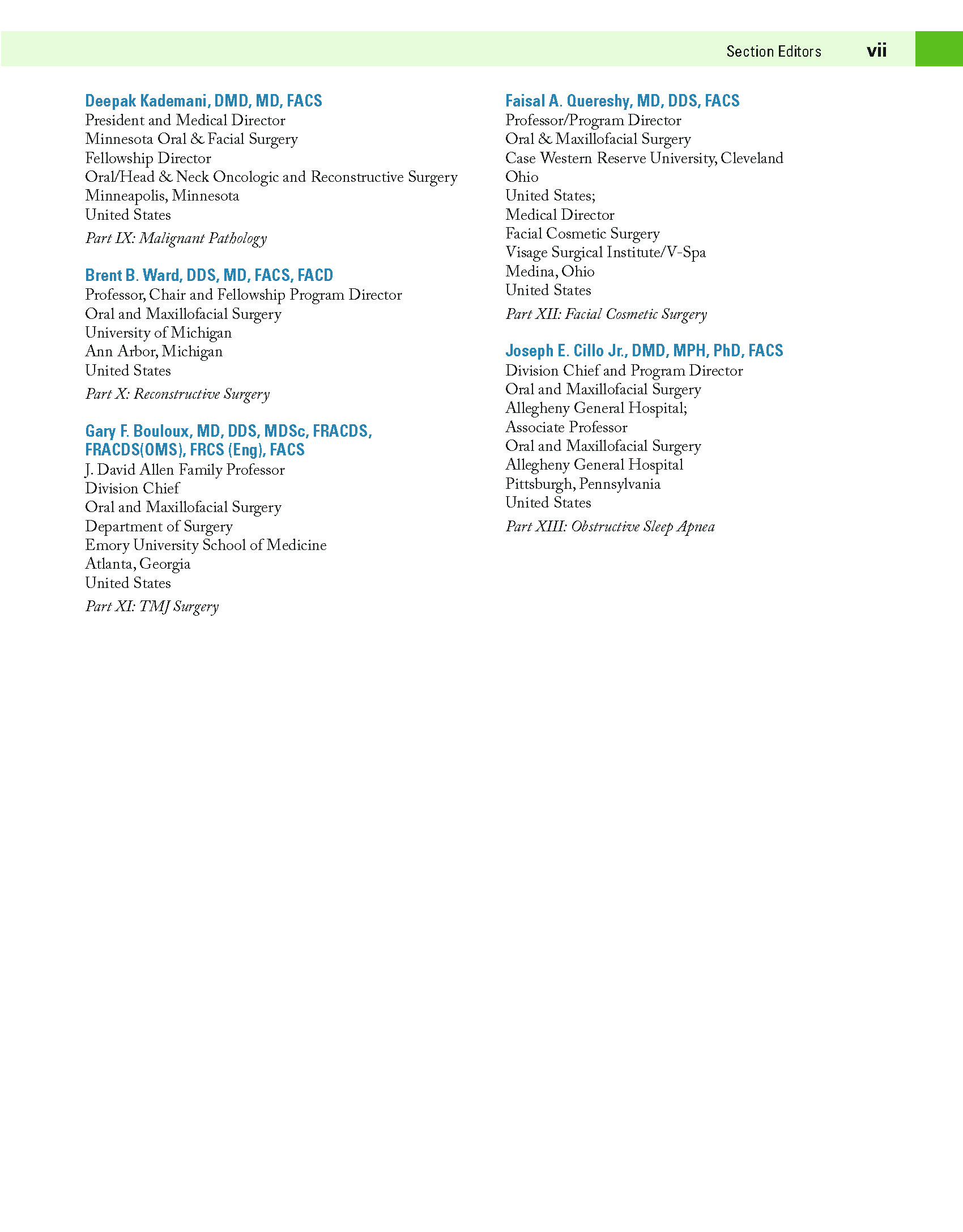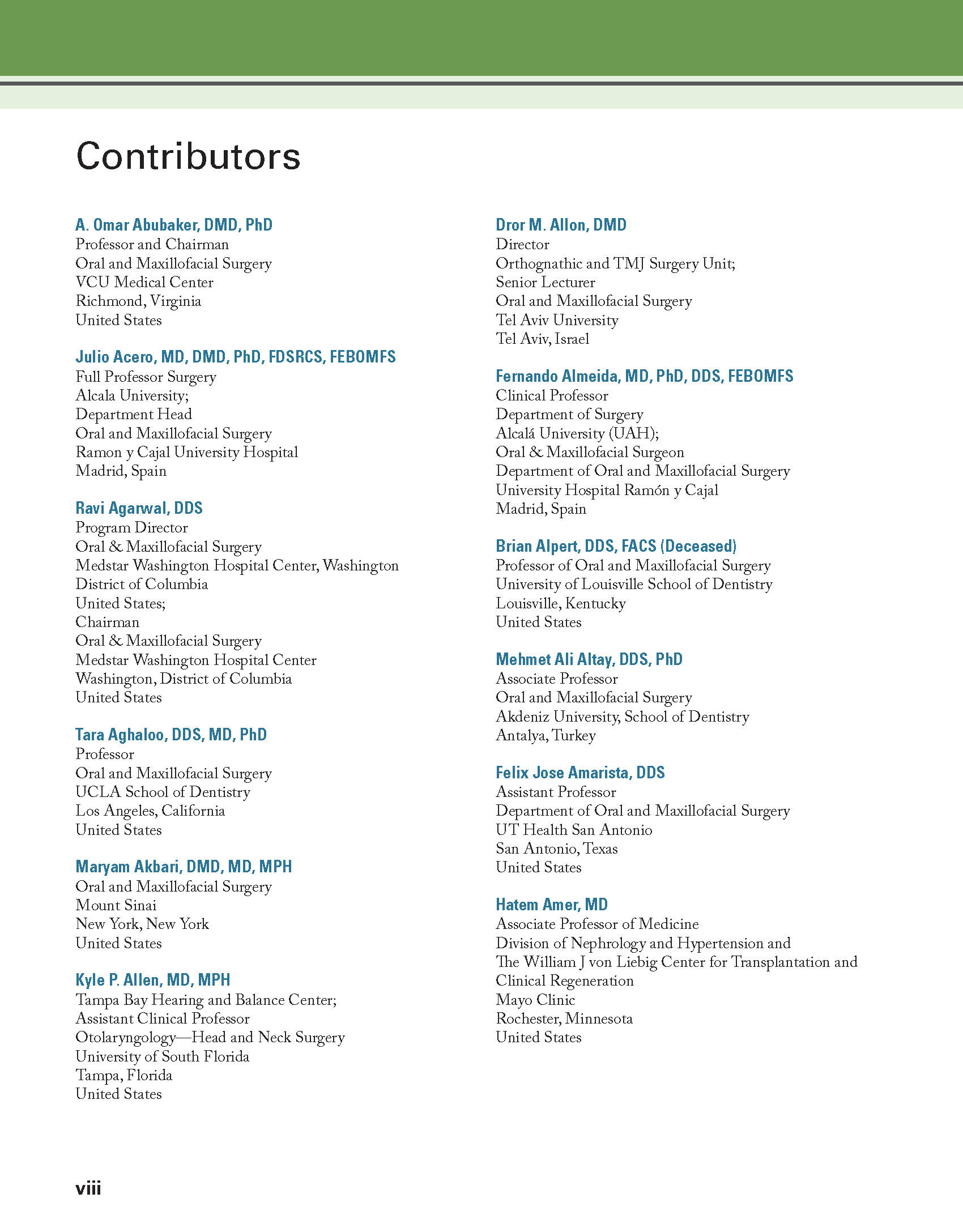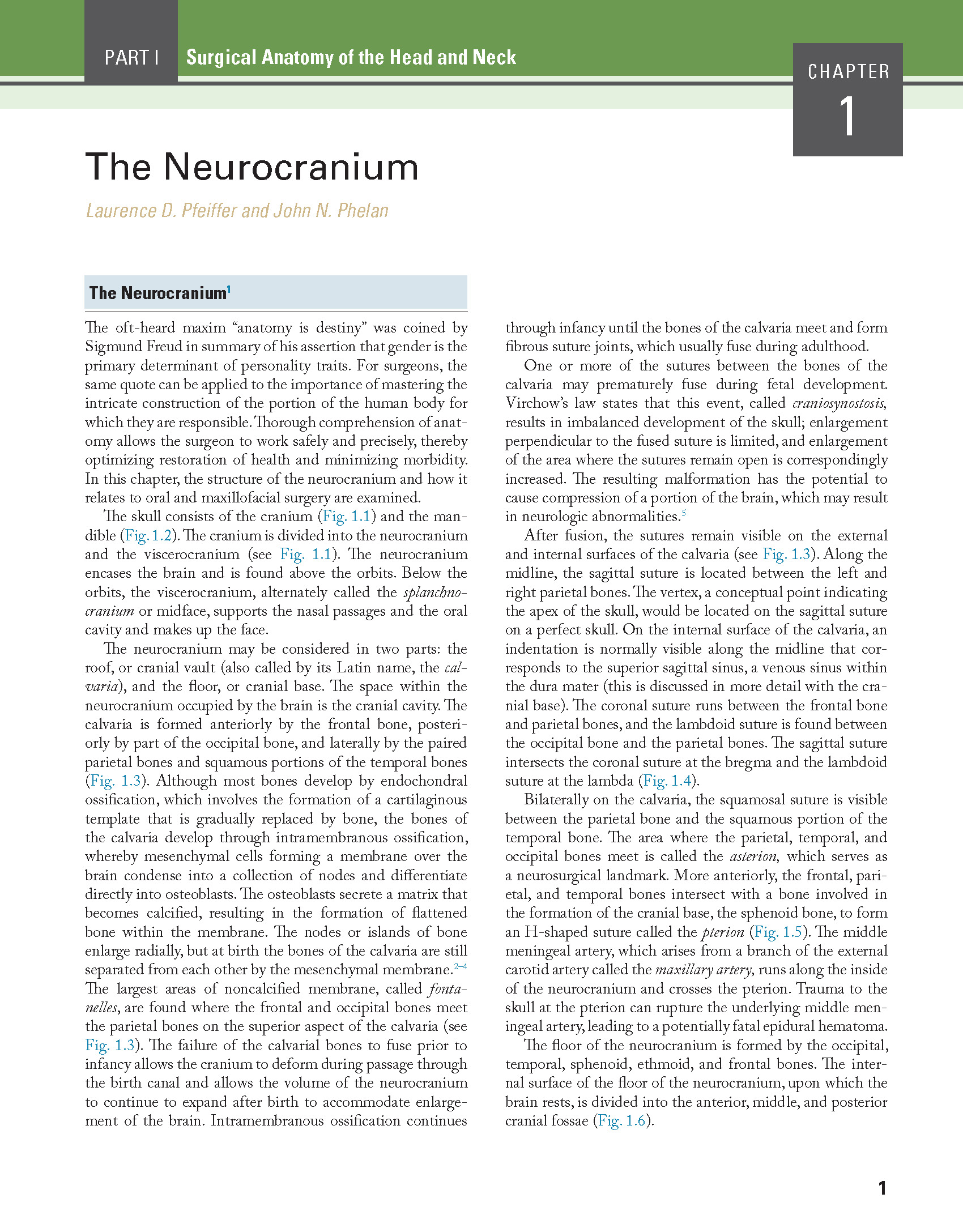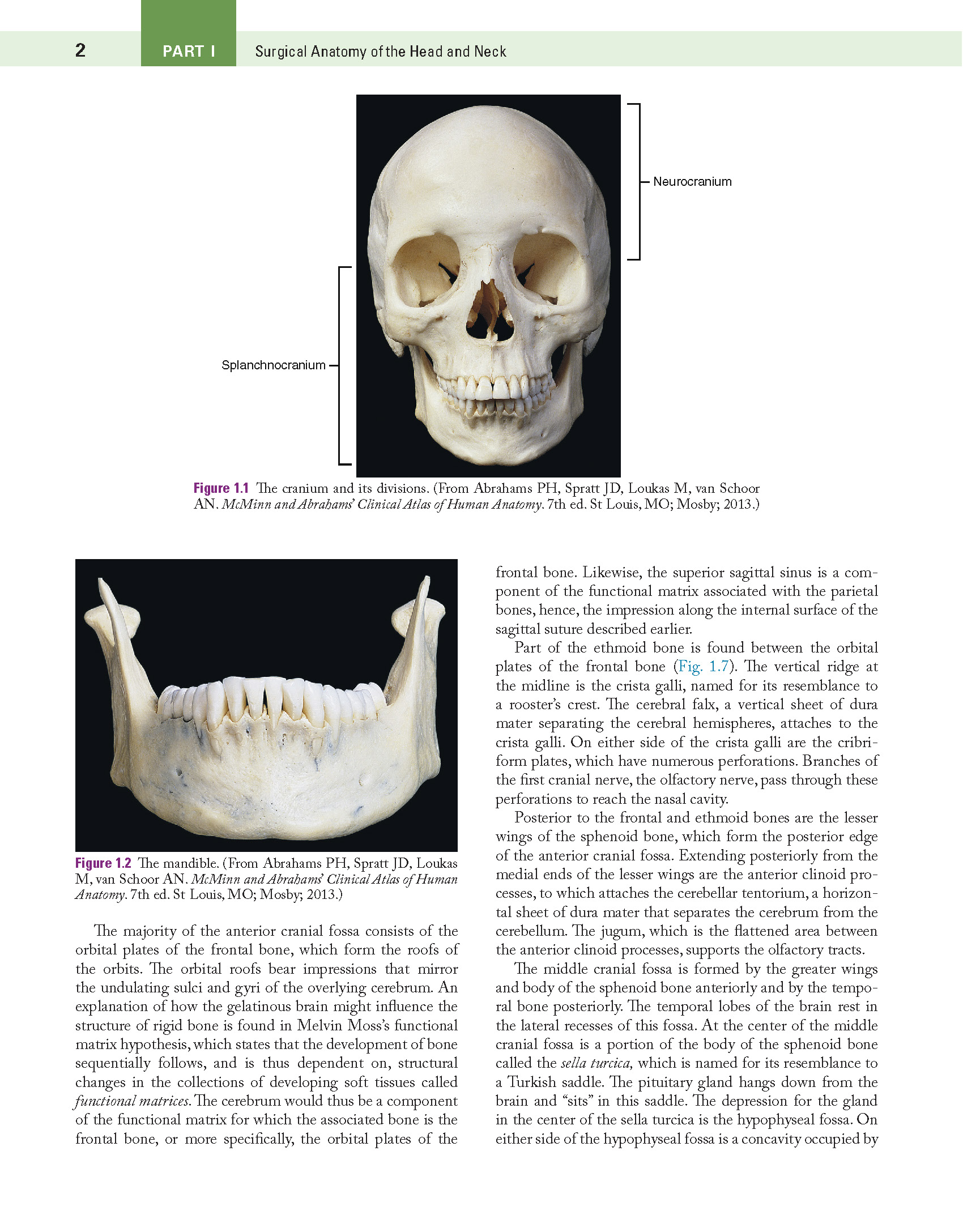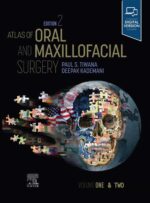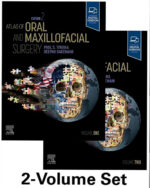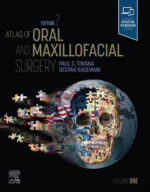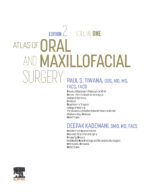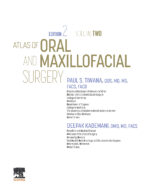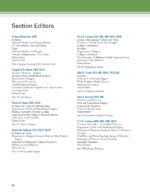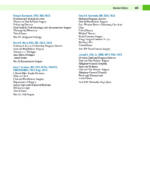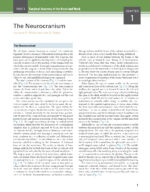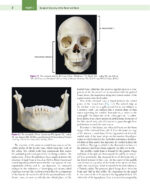-15%
ATLAS of ORAL and MAXILLOFACIAL SURGERY (SECOND EDITION) 2024 – TWO VOLUME
۵۱,۸۰۰,۰۰۰ ریال قیمت اصلی: ۵۱,۸۰۰,۰۰۰ ریال بود.۴۴,۰۳۰,۰۰۰ ریالقیمت فعلی: ۴۴,۰۳۰,۰۰۰ ریال.
گروه کتاب : Oral Surgery, تازه های انگلیسی, کتاب های انگلیسی
| Author | , |
|---|---|
| Edition Number | |
| Copyright Year | |
| Print color | |
| Page Count | |
| Cover Type | |
| Dimensions | |
| Paper type | |
| Volume Number | |
| Publishers | |
| ISBN Number | |
| Weight |
I am honored to provide comment on the second edition
of what I consider to be the most complete, and masterfully
illustrated, atlas of oral and maxillofacial surgery ever
published. This encyclopedic overview will enable our trainees,
and practicing surgeons, to make evidence-based
surgical
decisions and afford our patients better outcomes. It is
a stunning display in text, photographs, and illustration of
the breadth and complexity of contemporary oral and maxillofacial
surgery. A fledgling discipline that began formally in
1918 as “oral surgery,” was propelled, in the first fifty years,
by advances in office-based
surgery, anesthesia, pharmacology,
surgical instrumentation, sterile technique, and experiential
wisdom gained from trauma surgery in two World Wars.
Starting in the late ‘60s, and early ‘70s, our training programs
were formalized and broadened to include more exposure to
general surgery and surgical subspecialties. An explosion of
knowledge in surgical instrumentation, reconstructive and
craniofacial techniques, microsurgery, biomaterials, implants,
and imaging in the last fifty years has brought us to the current
state of our specialty. This remarkable tome is not only
the quintessential reference in oral and maxillofacial surgery,
but a testimonial to that century of progress.
Dr. Ira Rutkow in American Surgery: An Illustrated History
stated that “there is no way to separate present day surgery,
and one’s own practice routines, from the experiences of all
the surgeons and all the years that have gone before.” This
exceptional text brings an organized, consistent, visual pedagogic
methodology covering office-based
minor procedures
to the most complicated head and neck reconstructive surgeries.
In the late 19th century, the English novelist Samuel
Butler once said, “Diseases come of their own accord, but
cures come difficult and hard.” Drs. Kademani and Tiwana
have created an exceptional single-source
reference for our
most current understanding of maxillofacial surgical procedures.
Contemporary therapeutic decisions must be based on
fact, evidence, and experience. Only scientific evidence can
adjudicate those difficult decisions we all make daily as surgeons.
I personally am indebted to Deepak and Paul for this
Herculean effort to synthesize the past, present, and future of
our specialty.
